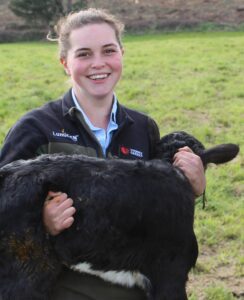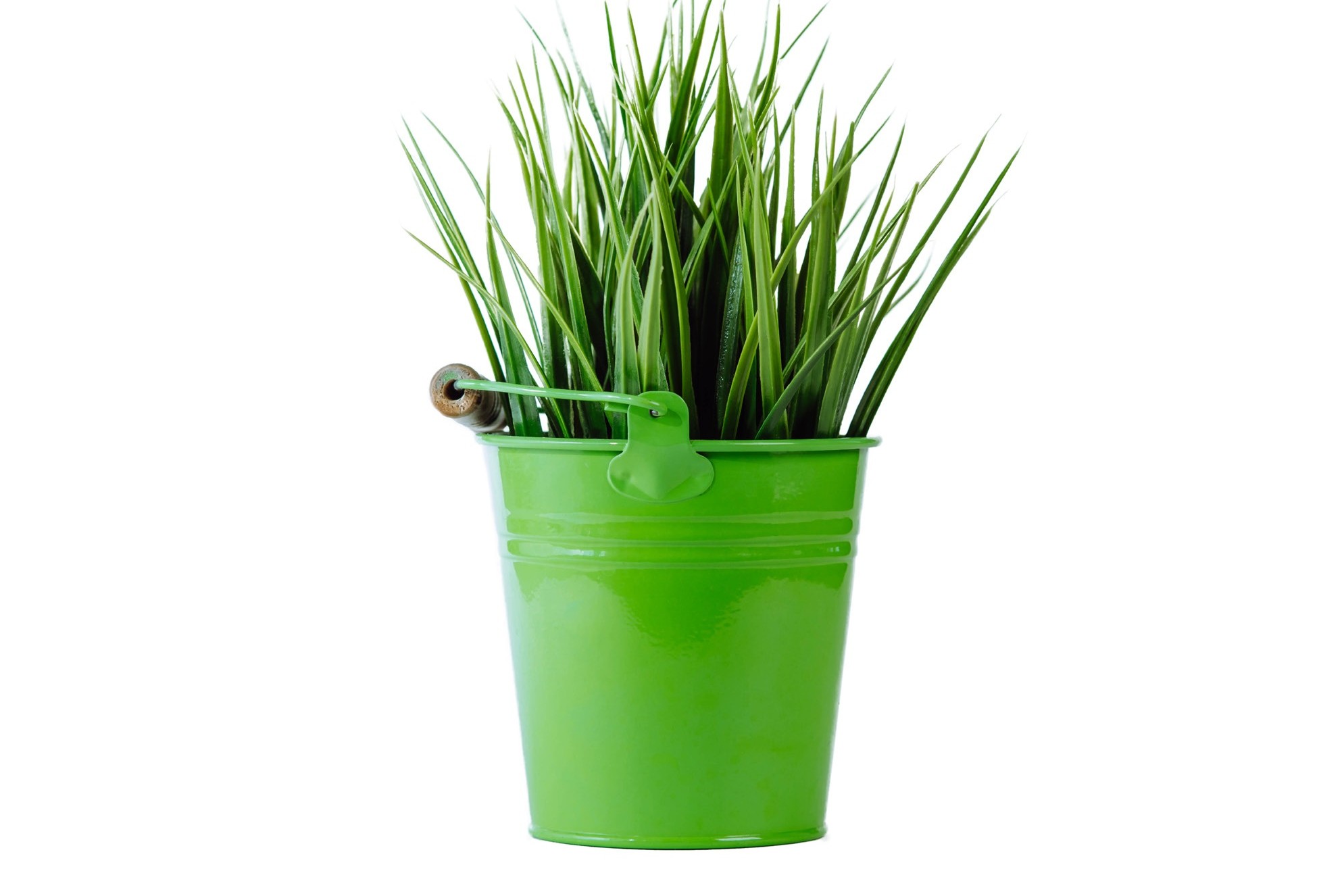Normally working with cows, Alex Lond got an opportunity to experience life in the burgeoning sheep milk industry rearing lambs.
I’ll be the first one to say that I was a cynic as I watched alternative milking mammals rising to fame. More people than ever were milking goats and sheep, and now there are whispers of deer, and here’s me thinking what’s wrong with a cow? So, when some friends approached me about spending July-September rearing lambs on a local sheep milking farm, I thought I’d better give it a go and see what all the fuss was about.

After years of rearing calves, I was optimistic about my capabilities with lambs, but I had no idea what a huge operation it would be, or indeed how much I would learn on the job! The main difference was that my main purpose, 12 hours a day, alongside a team of three other full-time lamb rearers, was to make sure every lamb remained well fed and healthy.
We fed up to 1600 lambs four times a day, first with ewes’ colostrum and then milk powder, and conducted regular health checks on every lamb to ensure no infections were getting picked up or passed on. I felt like I finally saw into the life of a full-time calf rearer, and it was a great feeling knowing that you were one of a small group of people who were producing the next generation for the farm.
A major difference to calves was that these lambs stayed on mum for three days before we took them into the rearing unit. They were also all born inside, and these two factors gave them the best chance to survive and adapt. It meant keeping a keen eye on both the ewes and the lambs once they were born, making sure that no lambs were left unmothered and that ewes weren’t contracting mastitis.
There was a meticulous process involving numerous chalk colours to ensure each lamb was aged correctly, and much like cows we regularly drafted out lambed ewes to give them access to more room and tucker with their new-born lambs.
On the third day, we would complete the ‘lift’, where we moved the lambs into the lamb rearing unit and the ewes into pens ready to be milked that afternoon. Like with calves, this was a pain-free process, with mums ready to move outside on to fresh tucker and lambs already thinking about their next feed.
While I already had a lot of respect for full-time calf rearers before this job (most of all for their unwavering patience, something which certainly does not come to me naturally) this has increased a thousandfold. Furthermore, while my knowledge on sheep milking has grown so has my ability to understand why people are looking at alternative methods to cows.
Sheep seem to adapt naturally to the milking process, they are just as easy to feed, and you are able to milk more in a smaller space of time. The bobby calf issue faced by a lot of farmers is not a problem here; we reared both the ewe and ram lambs and the farm used their own rams during mating, while lamb rearers off farm would take on any excess to be finished or used on lifestyle blocks.
Ultimately, however, what keeps me on the side of cows is that I can absolutely, definitely, without a doubt confirm that sheep smell worse…





